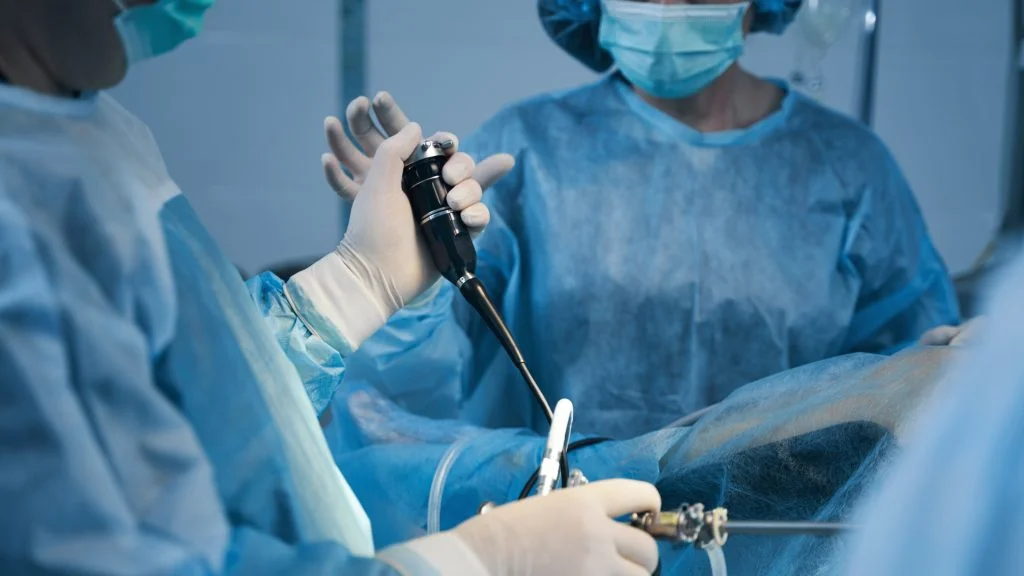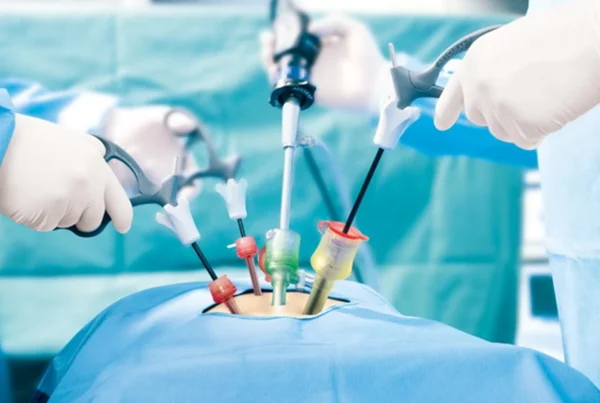Hysteroscopy is a procedure in which an optical device is inserted through the cervix to evaluate the cervical canal, the inside of the uterus, and the exit points of the fallopian tubes using a camera. Hysteroscopy can be performed in two different ways: office hysteroscopy and operative hysteroscopy. The images captured by the hysteroscope are transmitted to a monitor via an optical camera system. Office hysteroscopies are typically performed under local anesthesia for diagnostic purposes and for the treatment of small pathologies. Operative hysteroscopy, on the other hand, is a procedure conducted under general anesthesia using an electrosurgical instrument for larger pathologies. In both procedures, patients can be discharged on the same day.
Applications of Hysteroscopy in Infertile Patients:
- Treatment of submucosal fibroids or endometrial polyps
- Evaluation of cases where issues are detected in a hysterosalpingogram (HSG)
- Diagnosis and treatment of intrauterine adhesions (Asherman’s syndrome)
- Diagnosis and treatment of uterine septum
- Opening blocked fallopian tubes through tubal cannulation
- Examination of the endocervical canal and uterine cavity in cases of recurrent miscarriage
- Hysteroscopic tubal occlusion for sterilization
- Evaluation of the uterine cavity before treatment in infertile cases




